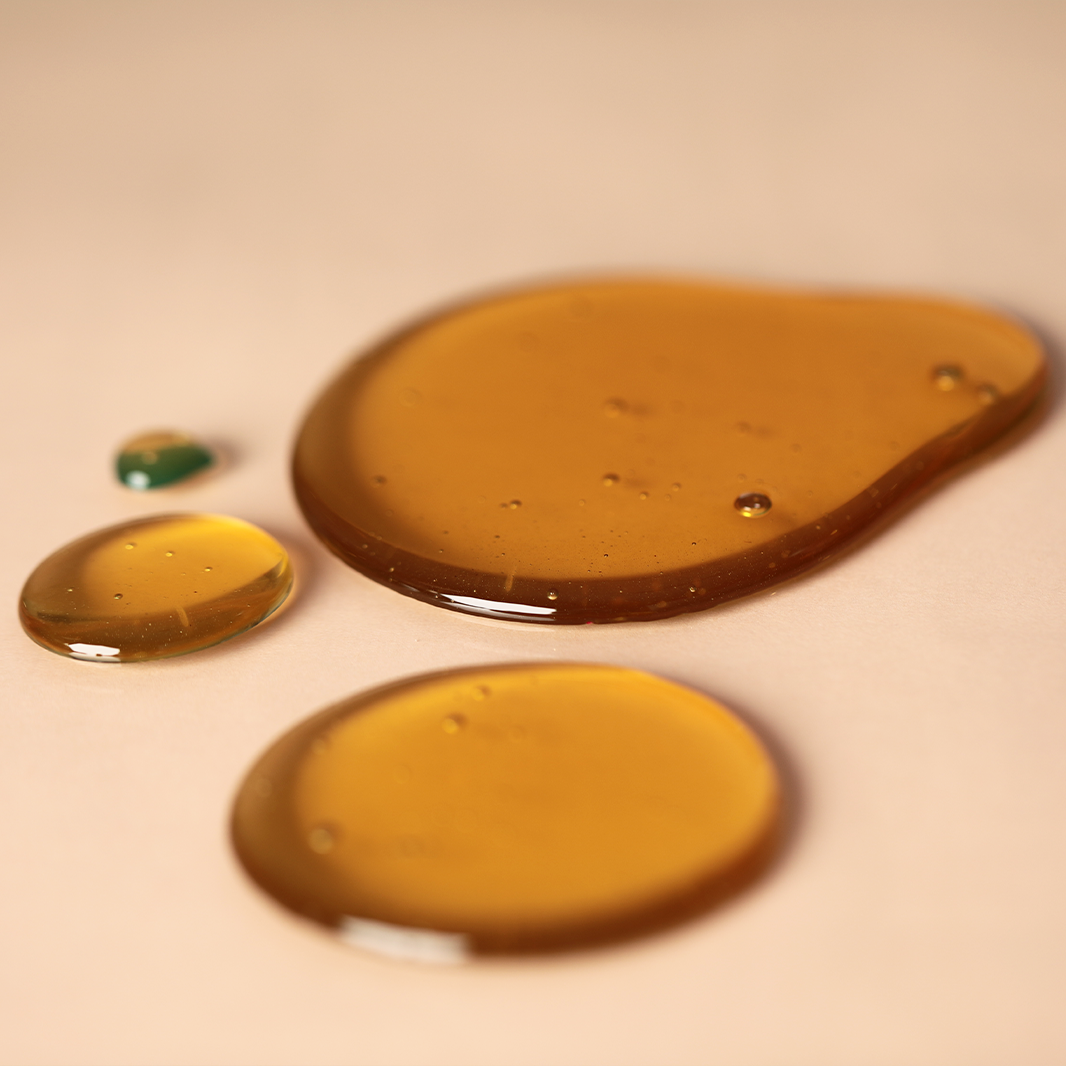Pollen is the male fertilizing agent of flowering plants, trees, grasses, and weeds. Bee pollen, on the other hand, is the dried pellets of pollen. Flowering plants produce pollen in the anthers within the flower. Pollen production is influenced by the weather, wind, rain, birds, and other insects. Pollen grains must be transferred from the anther to the stigma to cross-pollinate plants from another plant of the same species. Self-pollination occurs when a flower pollinates other flowers on the same plant. Plants with tiny flowers are usually wind pollinated. However, the pollen of plants with showy flowers is dispersed by insects. There are even differences in the size and shape of pollen between plant species. Wind pollination occurs without the assistance of other insects. The significant difference in the wind carried pollen is its smooth surface. However, the pollens carried by the insects, such as bees, are covered with spines, warts, granules, or channels.
Such a surface helps in the identification of the pollen grains. Bees have hairs on their bodies and legs which pick up pollen grains as they collect nectar from the flower. Bees play a vital role in the pollination of crops. About 90% of human foods are obtained from 82 plant species, of which bees pollinate 63 of them. Pollen is crucial for the nutrition of bees as it is the sole protein source of their diet. Honeybees start collecting pollen and nectar very early in the morning. Bees first fill their stomachs with honey and then visit flowers around. It is interesting to note that bees collect pollens that are attached to their hairy bodies by the brushes on their middle legs. Meanwhile, they moisten through mouth secretion to prevent the formation of grain clusters. Then, they drop the pollen in their pollen bucket located in their back legs. This process even continues during their flight. In general, field bees prefer to collect either nectar or pollen. However, a minimal number of worker bees may collect both at the same time, which is often observed when there are plants providing nectar and pollen.
Pollen is the sole food for babies and young bees to develop their glands, muscles, tissues, and other vital organs by providing proteins, lipids, sterols, vitamins, and minerals. Honeybees can produce pollen in two hours after they leave the comb cells. Pollen production reaches a maximum in 5 days and declines gradually after 8-10 days but continues to 15 to 18 days. In the following days, they start processing nectar to produce honey. A worker bee needs about 3.2 mg protein to become an adult by consuming about 145 mg pollen. Pollen is very nutritious due to its rich content in B-Complex vitamins (B1, B2, B3, B5, B6), vitamins E and C, and minerals (potassium, calcium, magnesium, zinc, iron). Pollen, described as one of nature’s most completely nourishing foods, plays a significant role in feeding the bees as a protein source. Besides, it contains many valuable nutrients, such as fibers and phenolic compounds.
Danner, N., Molitor, A.M., Schiele, S., Härtel, S. and Steffan-Dewenter, I., 2016. Season and landscape composition affect pollen foraging distances and habitat use of honey bees. Ecological Applications, 26(6), pp.1920-1929. Kieliszek, M., Piwowarek, K., Kot, A.M., Blazejak, S., Chlebowska-Smigiel, A. and Wolska, I., 2018. Pollen and bee bread as new health-oriented products: A review. Trends in Food Science.Technology, 71, pp.170-180.






